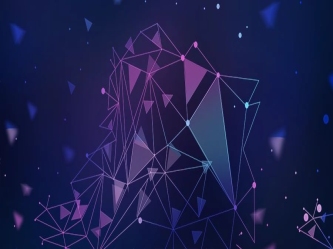Recently, Gartner®, an international research authority, released a research report on graph computing field- "Market Guide for Graph Database Management Systems", listing a total of 32 representative systems from all around the world, among which Ultipa was selected known of its innovative real-time Ultipa graph database.
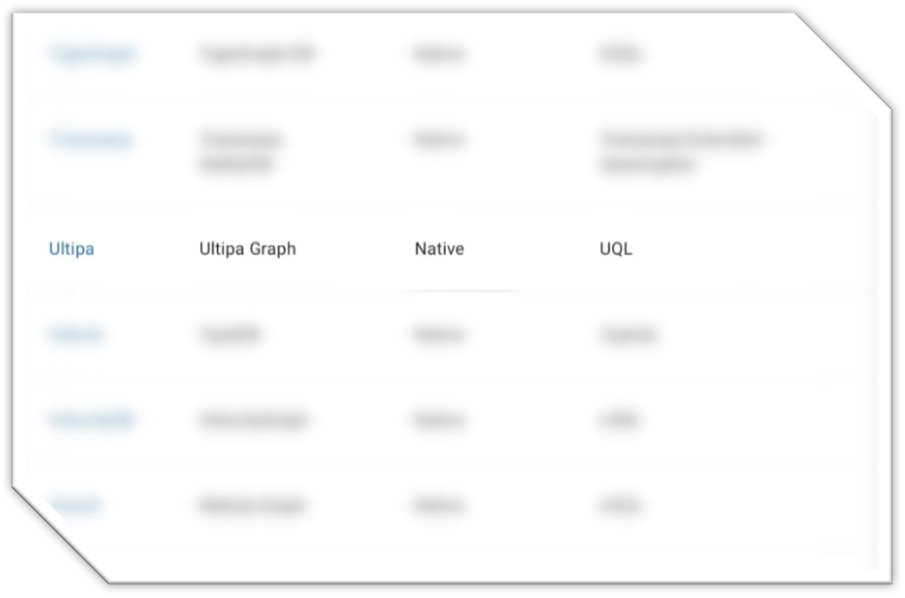
Image 1: Ultipa was selected into Gartner's® 2022 Market Guide for Graph Database Management Systems (the Guide).
HTAP: the Next-Generation Graph Technology Architecture
Gartner® finds that "GDBMS enhance support for graph database models by providing data loading, data conversion, consistency, security, and maintenance, along with the ability to provision clusters that scale up and scale out," and it elaborates on future databases’ development with Ultipa's HTAP (Hybrid Transaction Analytical Processing) architecture as an example (see image below).
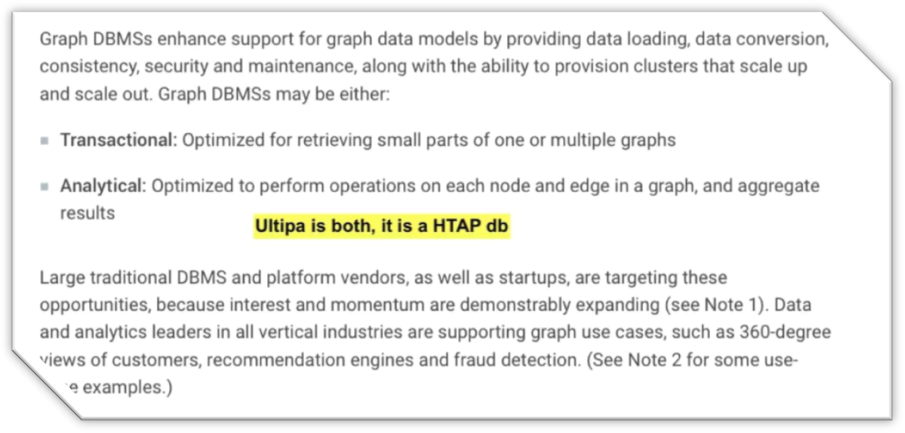
Image 2: HTAP architecture incorporates both OLTP and OLAP data processing capabilities (Source: Gartner® Guide)
It is known that any enterprise-level system must be equipped with high availability, scalability, as well as rapid recovery capability, and a distributed and highly available HTAP cluster can be one of the best solutions.
HTAP integrates the data processing capabilities from OLTP (On-Line Transaction Processing) + OLAP (On-Line Analytic Processing) innovatively in a horizontally distributed cluster, bringing a reformative solution to the technical predicament where online transaction and online analysis were not able to be realized at the same time, that is, all analysis that used to be offline or “T+1”, can be performed in an online, real-time (or near-real-time) fashion now.
UQL (Ultipa GQL/Ultipa Query Language)
In modern industries, the computing power of a set of high-performance, easy-to-use, intuitive, and self-explanatory language is never under-estimated, because of its abilities to improve production efficiency, user experience, and empower enterprise technology upgrades. It can also be noticed from the fact that the global international standards for databases only include SQL (Structured Query Language) and GQL (Graph Query Language): the former has gone through four decades since 1983, and the first international standard for the latter will be launched in 2023.

Image 3: The standardization of GQL will boost the market share of graph computing (Source: Gartner® Guide)
UQL=Ultipa GQL/Ultipa Query Language, is a query language that is designed based on Ultipa highly concurrent real-time graph database.
UQL has the following features:
- Easy to learn, understand, and use;
- Demi-Schema (multimode);
- Exponentially easier to program;
- Friendly to business personnel;
- Native to graph database.
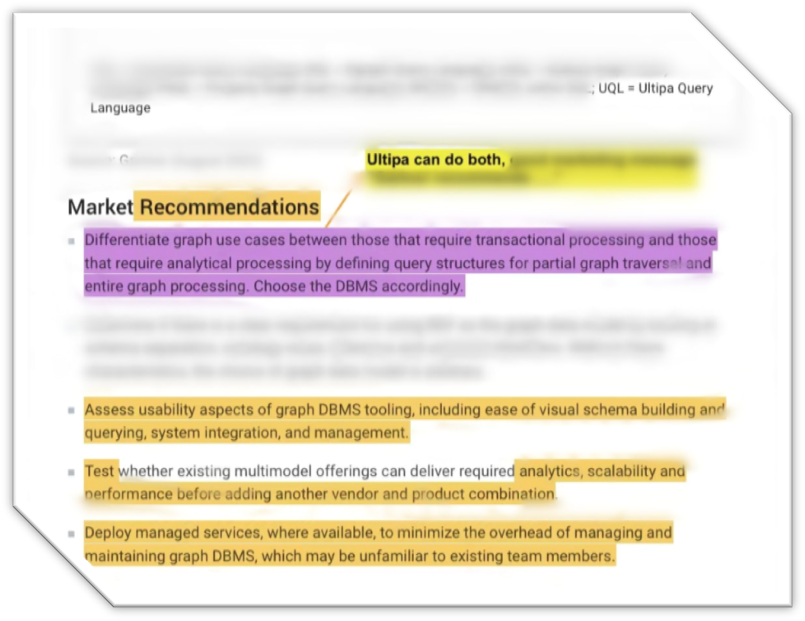
Image 4: Market Assessment of GQL Performance (Source: Gartner® Guide)
Because of its outstanding recursiveness, completeness, conciseness, ease of understanding, flexibility, and highly efficiency, as early as 2019, UQL has aroused the great attention of GQL international standardization authority—— IEEE (Institute of Electrical and Electronics Engineers) and LDBC. Ultipa has had several in-depth exchanges with them for the formulation and improvement of GQL international standard.

Image 5: Terminology analysis (Source: Gartner® Guide)
The Guide comments that UQL's design not only suggests its advance and beauty, but also shows simplicity and some other advanced characteristics:
- Easy to Learn, easy to understand;
- Lightning-fast: powered by Ultipa's underlying database engine;
- System complexity shielded-off.
The characteristics above are explained in the documentations for GQL international standardization, and will not be elaborated here.
A highly efficient query language such as UQL has become a hot point in the growth of the graph technology market. Ultipa’s low-code graph-augmented BI has successfully empowered customer to conduct graph modeling as well as project landing, and provided a strong technical support for a future where everyone can work as a data scientist - "lowering the threshold for organizations with no graph expertise" Gartner®.
A Leading Example of 4th-gen GDBMS
The Guide categorizes graph databases according to the underlying storage: Native DBMSs and Multi-model DBMS. Native graph databases are more capable of resource-intensive processing scenarios involving real-time computing, multi-hop queries, and machine learning (ML). ”——Gartner®。
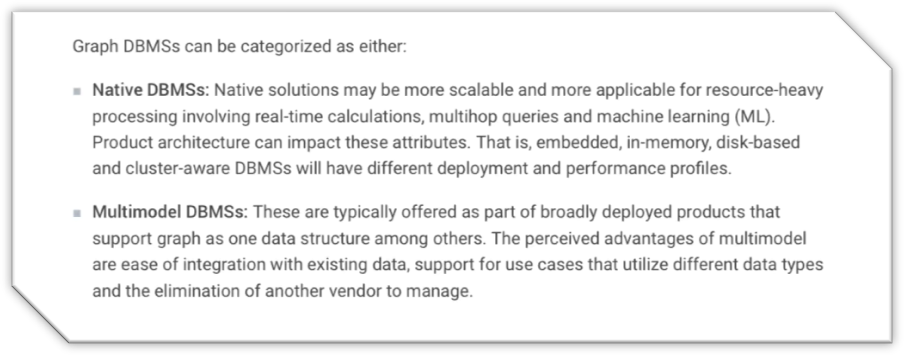
Image 6: A categorization of GDBMS (Source: Gartner® Guide)
It was seen that in the past 20 years, a number of database vendors have emerged in the global IT market: from academy-oriented RDF (Resource Definition Framework) schema graphs, the cutting-edge LPG (Label Property Graph) or property graphs, to various multi-schema (non-native) database solutions built on traditional SQL databases or NoSQL databases. However, it is worth mentioning that the demands deriving from new business scenarios and markets for data correlation analysis and deep correlation value extraction - need to be fulfilled by a real-time graph database’s technologies, products and solutions.
As Gartner® disclosed: "Both native graph databases and multi-mode graph databases can meet the stability, availability and security requirements of enterprise production environments, but only native graph databases provide better performance when processing queries for hyperscale graphs (typically billions of nodes).”
However, there are also huge differences in performances among different GDBMSs. Most GDBMSs may achieve exponential performance improvements (e.g., 5-1000 times) over RDBMSs when performing operations similar to “join tables”, but they can still face significant challenges in deep traversal, correlational computing, or high concurrency, real-time decision-making scenarios. Hence the graph database technology has also undergone various changes in the development of the past 10 years: the first generation is non-native graphs represented by the JanusGraph, the second generation is the earliest native graph database represented by Neo4j, with Tigergraph as the third generation of native paralleling graphs, and the fourth generation graph database represented by high-density highly concurrent native graph technology - Ultipa Graph, which is also the only fourth-generation GDBMS in the world.
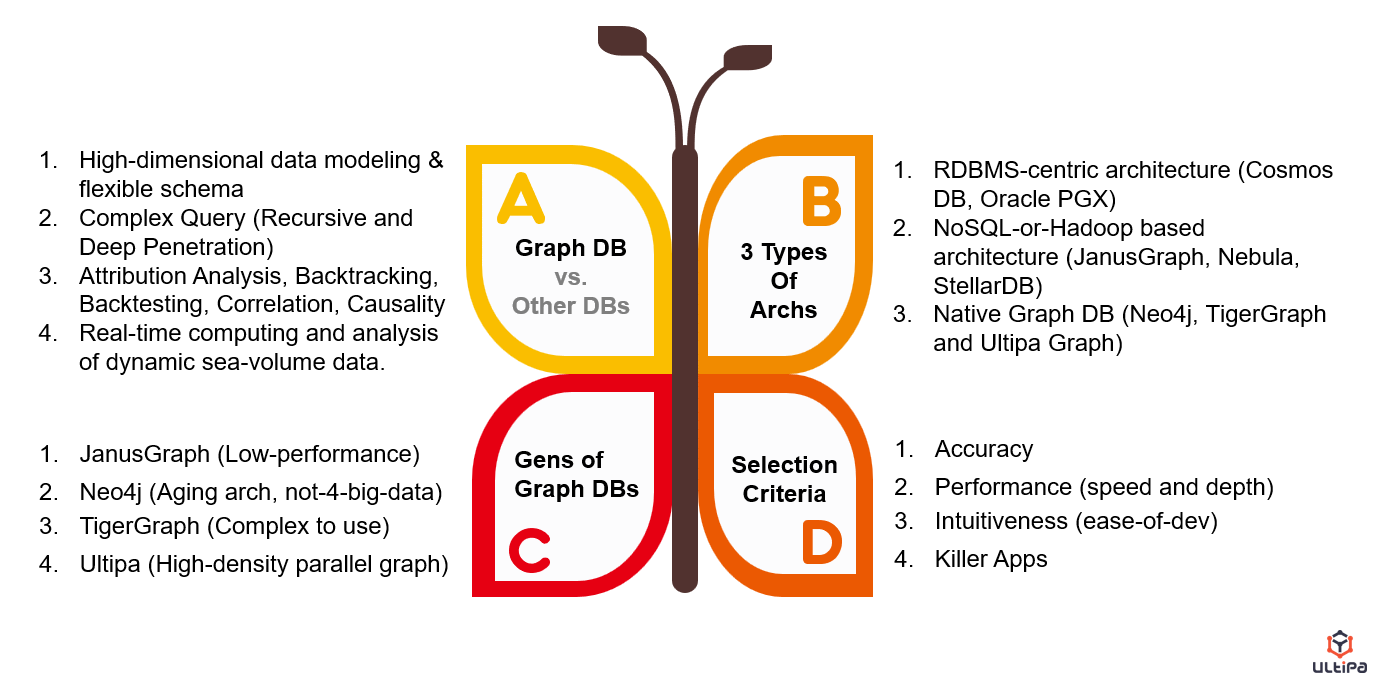
Image 7: Problems GDBMS and Graph computing solved
Gartner® reported that the evaluation and selection of graph databases is doing "a trade-off between the increasing demand for high query speed and increasingly complex data models". Technological breakthroughs made by Ultipa team have been tested by numerous demanding enterprise-level scenarios (requiring absolute high concurrency and low latency):
- High-density, high concurrency, smaller clusters: high-density real-time graph computing can achieve higher computing power and higher concurrency, with less computing resources and lower carbon emissions, leveraging X86 CPU/ARM’s parallel computing capabilities.
- Linear scalable graph computing power: linear scalable system architecture;
- Ultra-depth traversal capability: the ability to implement multiple-hops queries in the graph;
- Dynamic graph pruning: deep graph traversal does not lead to performance degradation, but performance improvement;
- HTAP architecture: integrates OLTP+OLAP data (service) processing capabilities.
- CAP cluster implementation: to ensure cluster availability, partitioning, and data consistency (eventual consistency).
With these breakthroughs, enterprises can benefit from:
- A significant decrease in TCO: 70% lower TCO;
- A significant increase in delivery speed: up to 80% reduction in lead times;
- Ultimate user experience: ease of use, usability, stability of the entire system;
- Completely native and controllable graph computing technology
Moreover, in scenarios where timeliness, security, and massive data processing capabilities are required, Ultipa has comprehensive performance advantages such as integratebility and functionality.
Vision: The World of Graphs
Gartner® made the following forecasts on the graph computing field in terms of its application, popularity and development (as shown in the image):
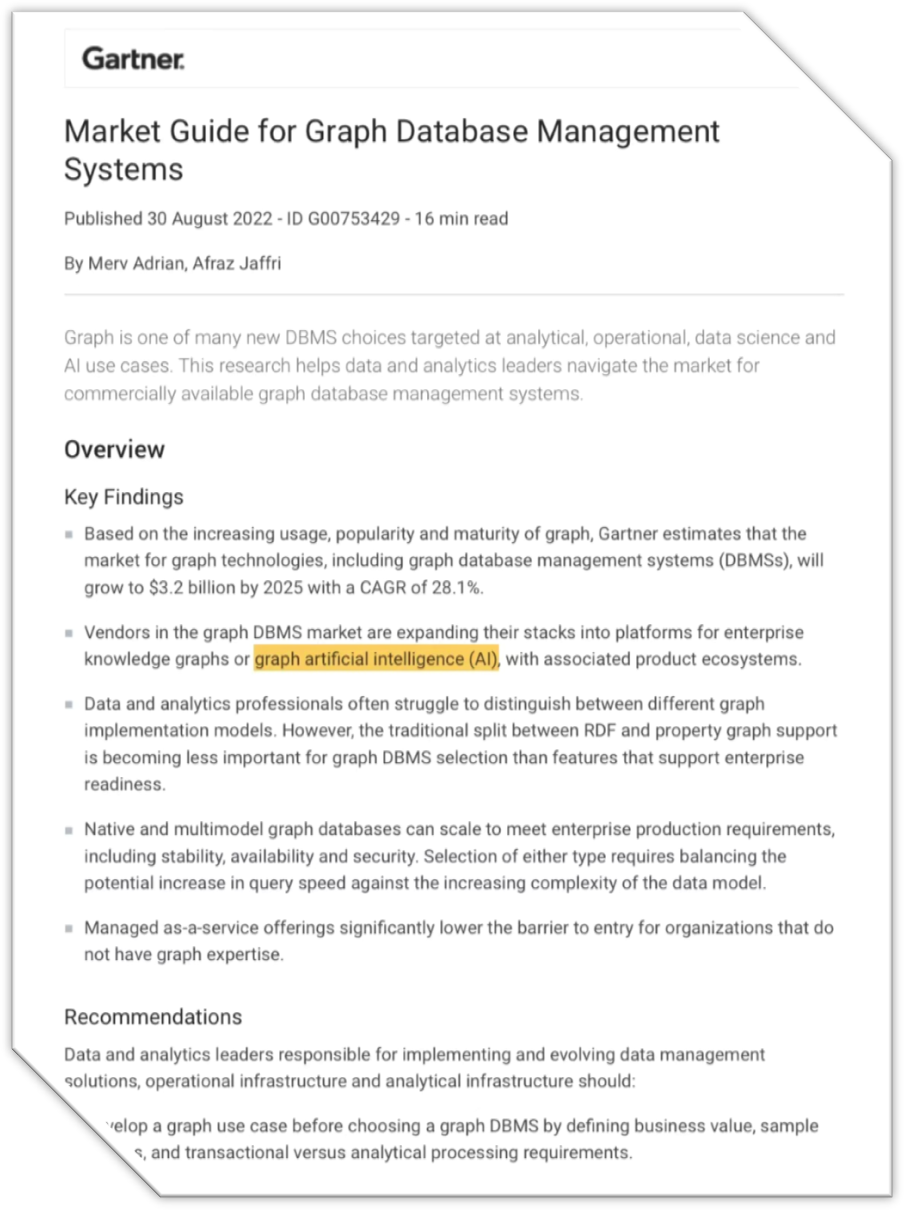
Image 8: Graph Database Market Trend Forecast (Source: Gartner® Guide)
- By 2025, the graph technology market, including graph database management systems (GDBMS), will grow to $3.2 billion, representing a CAGR of 28.1%.
- By 2025, graph technology will be used for 80% of data and analytics innovations, compared with 10% in 2021, facilitating real-time decision-making across enterprises.
- Large traditional database management system and platform vendors as well as startup companies are targeting these opportunities as the market interest and momentum are expanding in a noticeable way.
Gartner® also listed several portraits of the market audience:
- Developers: transforming more projects that are customer-oriented or internal to graph-technology-based ones, utilizing graph databases as storage and execution backends.
- Data Architects: designing knowledge-graph-based solutions for content management, customization, and semantic data compatibility.
- Data scientists: conducting advanced explorations of connections and relationships between data nodes and edges to gain better insights.
- Business owners and domain experts: looking for dedicated tools for use cases most graph-technology suitable, such as decision-making intelligence, expert systems, customer 360°, anti-fraud monitoring, and intelligent investigations.
According to the Guide, with the steady increase in market interest and use of graph databases, there are more competitions, pressures and challenges for traditional RDBMS vendors feel, but this cannot lower the pace of or stop graph databases from becoming future market leaders.
As Ricky Sun, a high-performance computing and storage system expert, big data expert, database expert, and CEO and CTO of Ultipa, wrote in his new book "Graph Database Principles, Architectures and Applications": "The ultimate goal of artificial intelligence’s development is to achieve advanced artificial intelligence, in a way that it can make machines and algorithms have graph-thinking like humans, and the essence of graph thinking is to be able to conduct 100% simulation and reflection of the real world, and to provide deep computing power while bringing down barriers between multi-source, multi-dimensional, and sea-volume data from multiple systems, and to perform graph computing and analysis such as deep drilling down, correlation, attribution analysis. We can foresee that the development of graph database and (real-time) graph computing technology will not only occupy a place in the market, but become one of the mainstreams of database technology in the future, with the continuous expansion of data scale and the increasing data complexity. (By Duan Jingna)


